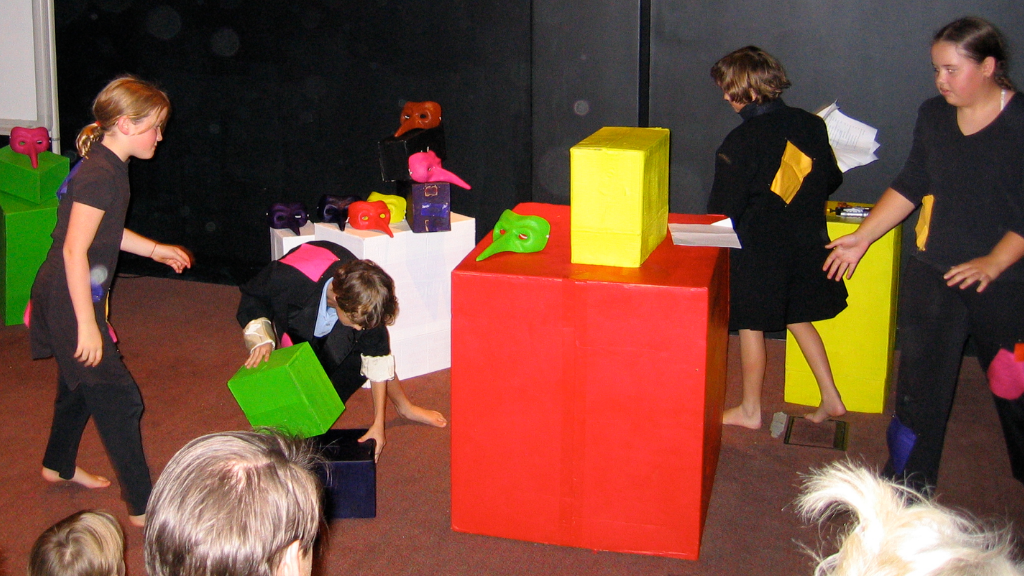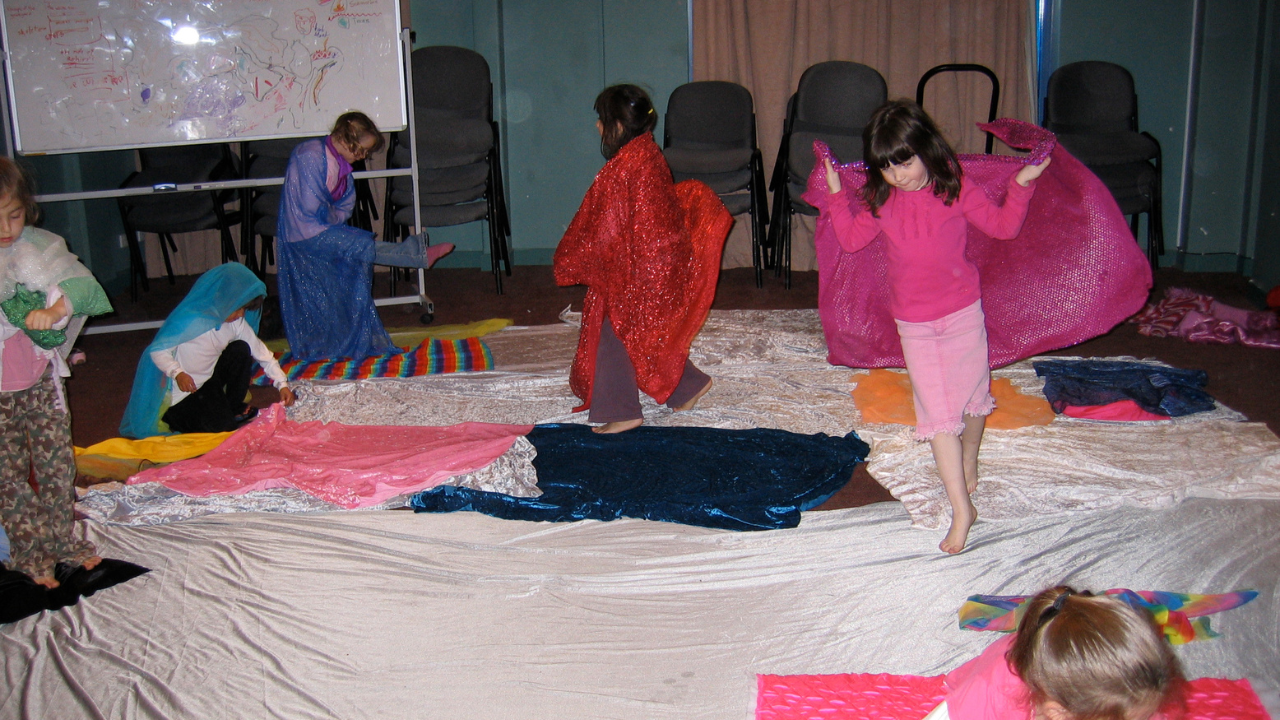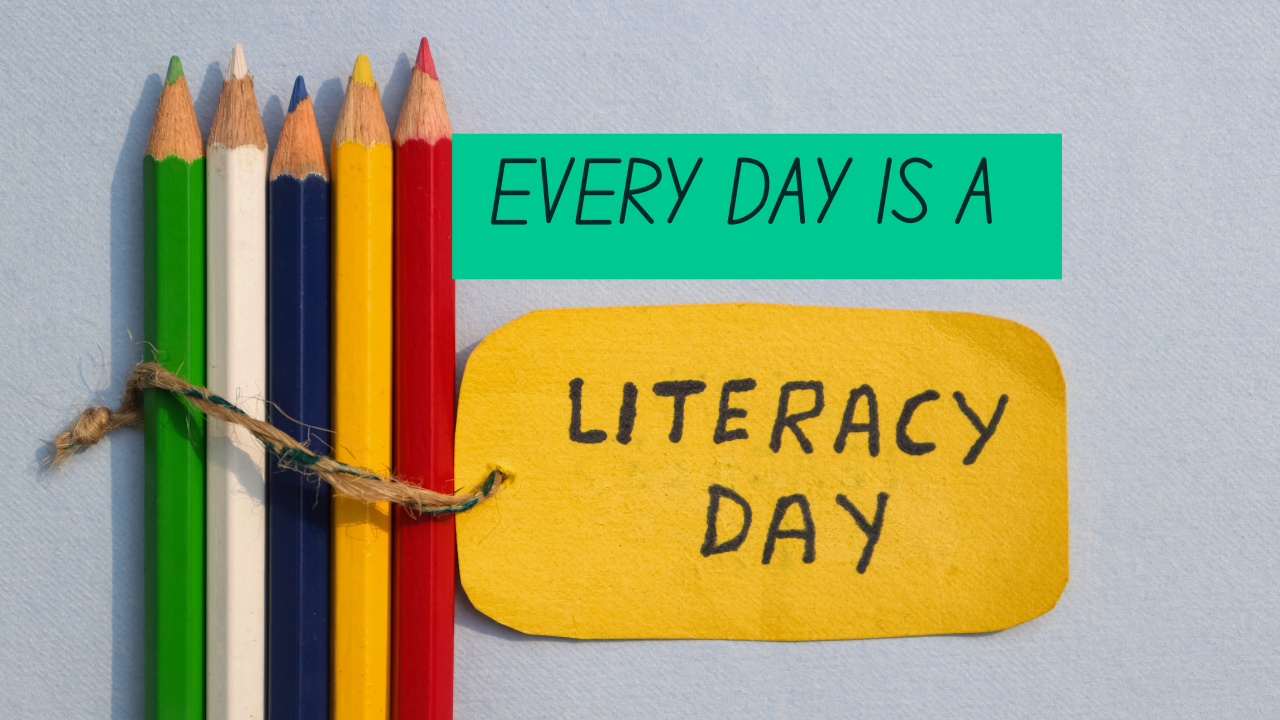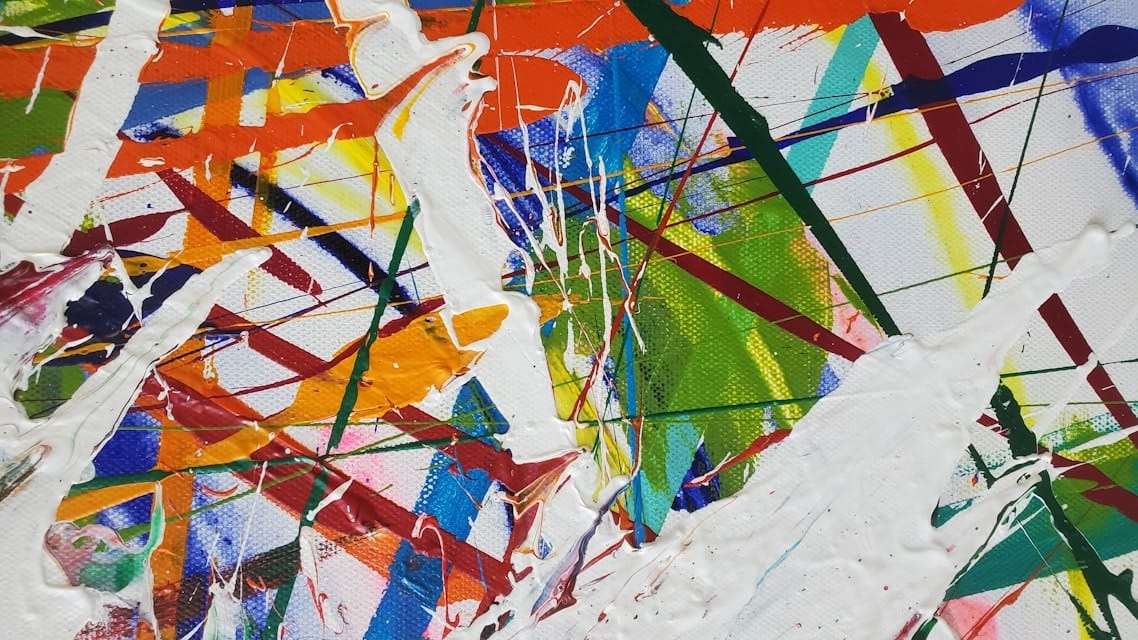CURRICULUM MAKING, CREATIVITY AND THE AI-ASSISTED CLASSROOM
Effective teaching is impossible without knowing how students learn, right? This website gathers together the many creative and artistic teaching and learning strategies I’ve used to build up my professional knowledge of how students learn. For the past year, I have been also exploring how AI technologies impact the creation of classroom curriculum content creation.
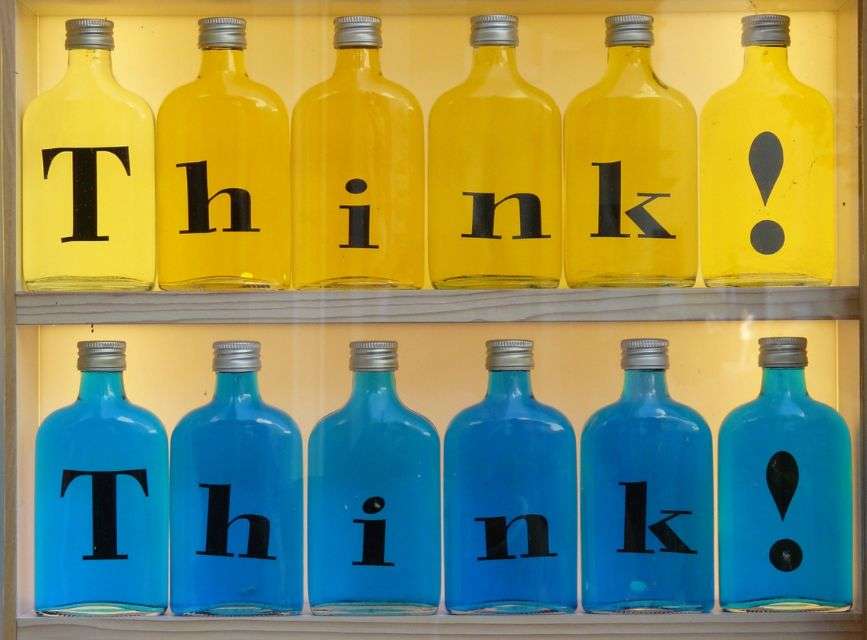
The Thinking Classroom
Awakening Brain Cells
4th November 2025, Melbourne
We rarely talk about the need for laughter in our classrooms. So, when Dr Seuss states that it is nonsense that wakes up his brain cells, we might begin to joyfully link creative play to the linking of laughter and learning.

